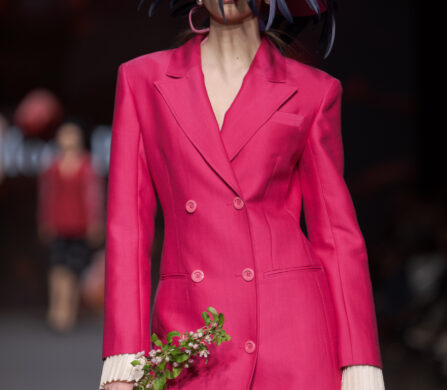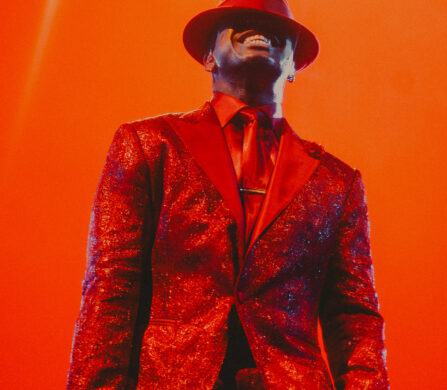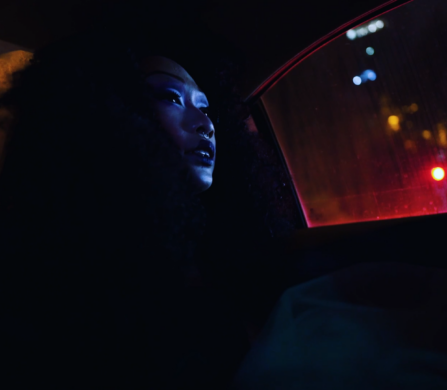The landscape of fashion is changing. Florence’s iconic fashion institution, Polimoda, welcomes sartorial leaders in education and industry to discuss fashion’s future. In the heart of Florence, Villa Favard regally overlooks the Arno River. The decadent 18th-century manor is headquarters to one of the world’s top fashion institutions, Polimoda International Institute of Fashion Design & Business. Over the course of three days it played host to an inspiring selection of renowned fashion educators, elite insiders and market experts with the aim of uniting industry leaders with the emerging talents destined to shape fashion’s future. Last year Polimoda joined forces with Parson’s School of Design and Central Saint Martins for the first edition of their Fashion Displacement discussion in New York. Back on Florentine waters, the second edition saw Polimoda’s renaissance-style ballroom transformed into a space for riveting debate on how young professionals can adapt to an evolving industry.
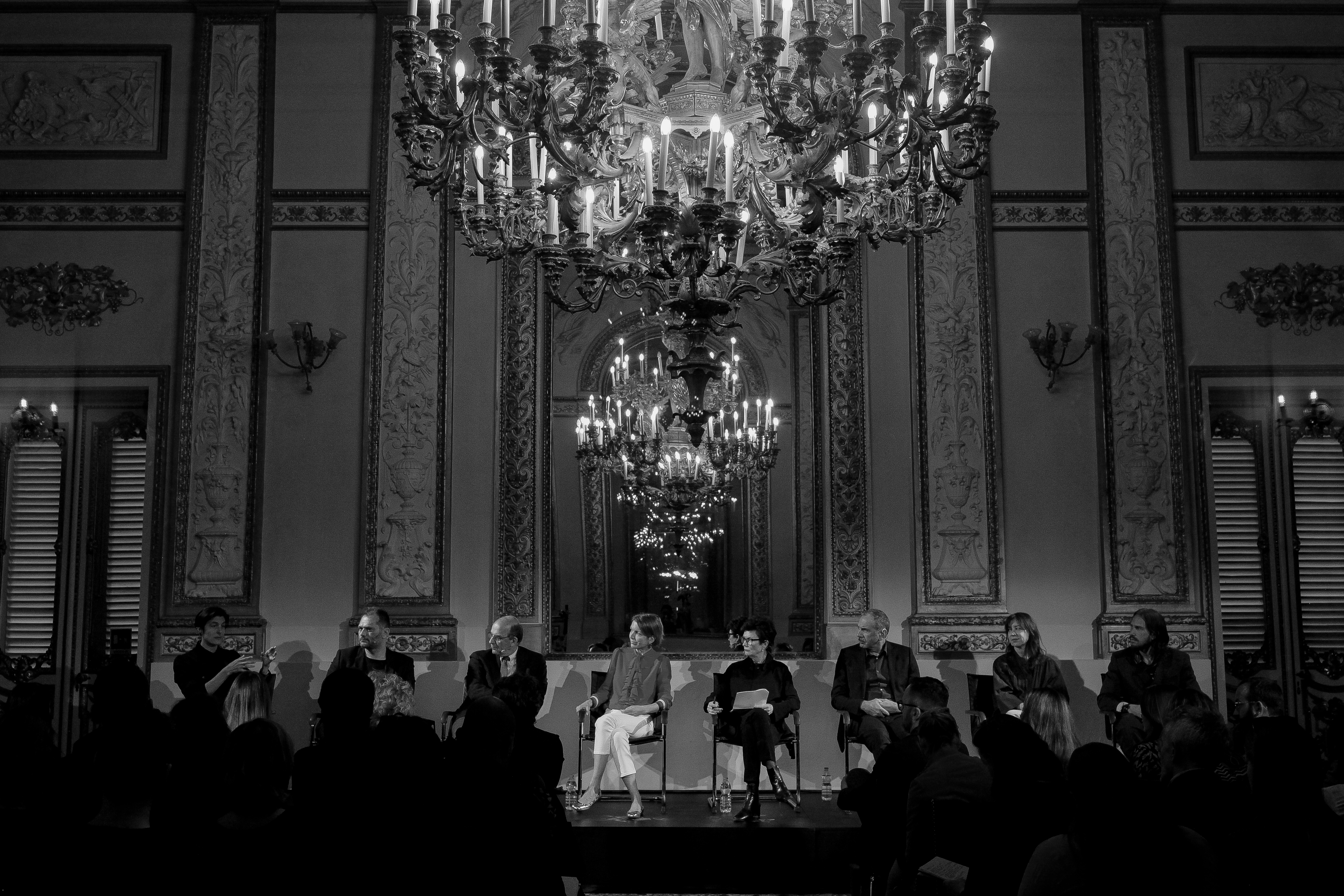
Moderated by esteemed educator Linda Loppa, eight international panellists took the stage to address how educational institutions can prepare fresh talent for a shifting sartorial climate. Speakers included director of Polimoda, Danilo Venturi; Carlo Capasa, president of Camera Nazionale della Moda Italiana; Raffaello Napoleone, CEO of Pitti Immagine; Floriane de Saint Pierre, founder of luxury recruiting agency Floriane de Saint-Pierre et Associés; Stefan Siegel, founder and CEO of online platform for young designers Not Just a Label; Anja Aronowsky Cronberg, founder and editor-in-chief of research-based fashion magazine Vestoj, and Jennifer Minniti, chair of the fashion design department of the Pratt Institute in New York.
With such a varied pool of expertise, a dynamic conversation sparks on one of the greatest shifts in fashion – the rise of the internet. Social media has made the previously untouchable world of design increasingly accessible and transparent. For burgeoning designers to stay relevant, Polimoda director Danilo Venturi suggests making creative education a laboratory for innovative ideas: “part of the magic of the industry is that talented creatives who are determined, resourceful and intelligent can find their own way.” Carlo Capasa also backs an experimental approach to education insisting “let’s invent more, let’s make change.”
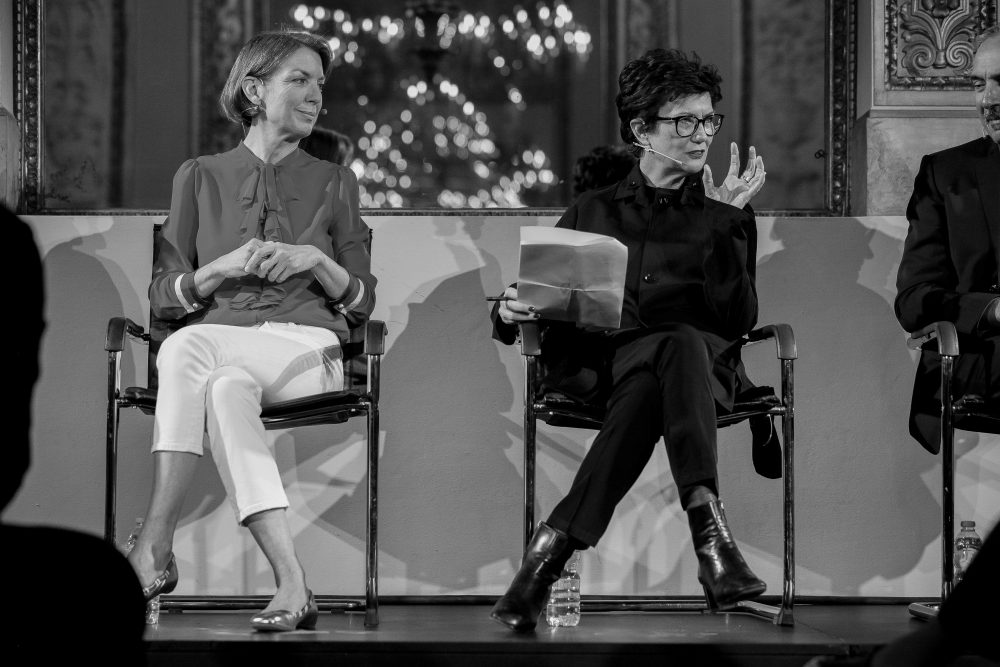
As discussion shifts to fast fashion, Linda Loppa remarks how prioritising speed compromises design quality. While Raffaello Napoleone questions fast fashion’s very value, critiquing not only how its disposability forfeits the essence of design to numbers, but how its copy-culture blurs the lines of intellectual property. “If fashion becomes only [a] product we lose something important – that fashion represents society” he says. The brisk pace of fashion today creates a realm of uncertainty that keeps designers on their toes, pushing them to redefine their creative vision with every collection. In order to overcome the competition between artisanal craftsmanship and the convenient accessibility of mass-produced high street copies, Floriane de Saint Pierre suggests “we have to think of products that have reason to exist and are well executed whatever the price point.”
In an age of digital advancement, Vestoj editor-in-chief Anya Aronowsky Cronberg suggests that there is no right way to tackle the unknown. It is instead up to designers and creatives to innovate through the unpredictabilities of the industry. “In my work I think a lot about how I can make you question and come up with an answer. It might not be what I had in mind, but it’s much more effective because it comes from you” she says. “Sometimes it’s important to listen, than to say I have all the answers.” And through the lens of independent thought, the future of fashion becomes ignited with possibility.
Find out more at www.polimoda.com
Words / Shama Nasinde
Follow her here.












